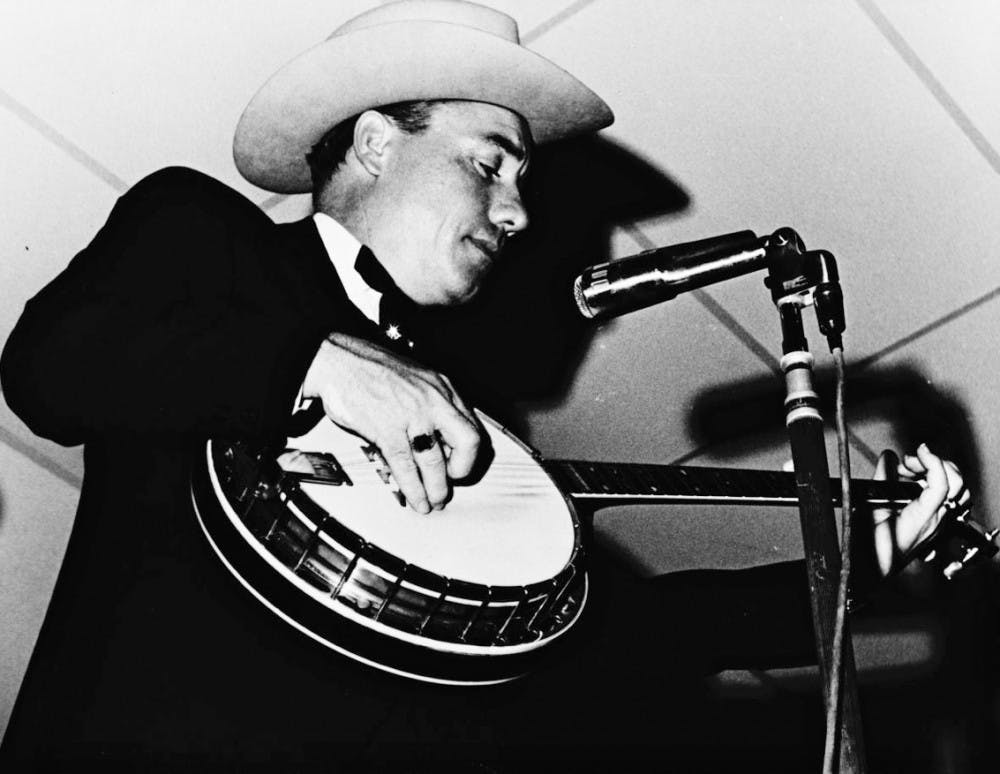Evolving from its origins in West Africa, the banjo has become a staple instrument in American music, especially bluegrass and folk. On Aug. 25, the Southern Folklife Collection at Wilson Library will present lectures, music and an exhibition as part of the symposium, “The Banjo: Southern Roots, American Branches.”
Steve Weiss, curator for the collection, said the symposium will draw from the collection’s extensive catalog of more than 40,000 LPs and CDs and 8 million feet of film. He said the accompanying exhibit will also feature six or seven historical instruments that trace the evolution of the banjo.
The symposium will end with a musical performance featuring banjo players, including Dom Flemons of the Carolina Chocolate Drops. UNC professor of American Studies Robert Cantwell and UNC professor of American Literature and Culture Philip Gura spoke to The Daily Tar Heel about the history of the five-string banjo. Both Gura and Cantwell will speak at the symposium.
Origins
Recently in Mali, West Africa, investigators found an instrument called an akonting. Cantwell said the akonting is an ancestor of the five-string banjo. “It resembles the primitive banjo found in the United States in the 18th century in almost every respect,” Cantwell said.
The banjo in America
The banjo came to America from Africa on slave ships in the 18th century. “The earliest record we have is in Thomas Jefferson’s ‘Notes on Virginia’, where he mentions it and calls it a banjar,” Cantwell said.
Minstrel shows
The minstrel shows of the mid-19th century brought the banjo from the slaves to the rest of the country. Gura said that in minstrel shows, white players would paint their faces black and imitate African American banjo players. “What I find so unusual about (the banjo) is that most people think about it as a white southern instrument, when in fact it was something taken from African Americans,” Gura said. In the late 19th century, the banjo became increasing popular as a result of the minstrel shows. As it became more popular, it also became more sophisticated, acquiring frets and metal or hardwood tone rings. Banjo clubs also became popular at colleges nationwide. These clubs consisted of students playing concerts as a banjo orchestra.



